"Flooded"
An educational serious board game urging public awareness and international collaboration on global issues - climate change.
2021, Associated with: TC Game Research Lab, Team with: Evan Goldman, Leqi Liu, Xinyi Wu, Yiran Ma, Ziyi Wang
Origin of the Idea
The very early project idea can be traced back to my personal experiences during the Pandemic in 2019. As a Chinese citizen living through the global crisis of Covid-19 in the U.S., my daily life was a mix of experiences. While the majority of interactions were filled with the usual warmth and friendliness, there were instances that were less than pleasant.
Besides my personal experience, what triggered me even more was the attitudes of and actions taken by the major global powerhouses. During this most emergent time, when global collaboration was in desperate need, where hundreds and millions of people were urging for help, instead of uniting as one, we chose to weaponize this global crisis to ruthlessly attack each other. During those challenging times, I couldn't help but ponder - why is confrontation often chosen over collaboration? In the face of a global crisis, unity seemed to be the need of the hour. These reflections led me to conceptualize the project "flooded", aiming to underscore the urgency of international collaboration on pressing global issues, such as climate change.
Drawing from my experiences in game design, I recognized the potential of using a well-received medium to convey this message effectively. A board game, with its interactive and engaging nature, seemed like the perfect choice to bring this idea to life. Through "flooded", I aspired to create a platform that would encourage players to think about unity and collective action in addressing global challenges.
Besides my personal experience, what triggered me even more was the attitudes of and actions taken by the major global powerhouses. During this most emergent time, when global collaboration was in desperate need, where hundreds and millions of people were urging for help, instead of uniting as one, we chose to weaponize this global crisis to ruthlessly attack each other. During those challenging times, I couldn't help but ponder - why is confrontation often chosen over collaboration? In the face of a global crisis, unity seemed to be the need of the hour. These reflections led me to conceptualize the project "flooded", aiming to underscore the urgency of international collaboration on pressing global issues, such as climate change.
Drawing from my experiences in game design, I recognized the potential of using a well-received medium to convey this message effectively. A board game, with its interactive and engaging nature, seemed like the perfect choice to bring this idea to life. Through "flooded", I aspired to create a platform that would encourage players to think about unity and collective action in addressing global challenges.
The Evolution of Design
Before the design work officially started, there were 2 games inspired me quite a lot in the ideation process that I must give them credits. One is the trailer of Civilization: Beyond Earth, another is Catan:
Trailer of Civilization: Beyond Earth, "A New Beginning"
Introduction of Catan
The first few seconds of the Civ trailer depicts a scenario where future cities are flooded due to the sea-level rise caused by climate change, which inspired the main game design idea (in fact, the ending of the video, launching rockets, inspired us later for a fun victory condition as well). Also, the classic 4-player gameplay of Catan reminded me of some solid turn-based mechanics for a board game.
Main Idea: A Urgent Feeling on Climate Change via Visualization of Sea-level Rise
Climate change has become one of the most significant issues nowadays. As average temperatures rise, acute hazards such as heatwaves and floods grow in frequency and severity, and rising sea levels intensify. To make people more aware of this emergency, we designed an educational game that aims to increase awareness of climate change and evoke people’s notion of environmental protection. In our game, players experience the harm and intensity of the growing flood and realize the danger of natural disasters through the game experience.
To create such a game, we first came up with three questions:
- What can give the players a taste of the gradual loss of living space?
- How to encourage them to solve the great challenge through cooperation?
- How to keep the game fun but not preach?
To answer them, we spent quite a lot of time brainstorming different ideas, and after several discussions, we finally decided to start with those considered the best.
- A shrinking viable area mechanism like PUBG/H1Z1.
- A win goal that requires all players’ collaboration to achieve.
- The combination of cooperative and competitive elements.
Once we decided on the core ideas of the game, the emergent issue became how we could build a platform to present these ideas. To make it efficient, we first discovered many well-made games that allow players to interact with those concepts. The inspiration came from the famous board game for four players - Catan, since its game board size and duration fit our design to build such a platform.
We first designed a 6x6 game board with each tile representing a coordinate to achieve the first mechanics. Each turn, the player rolls two dice, which will generate such coordinates connecting to a tile to be flooded (player can no longer acquire resources from it). We initially designed a quite sci-fi idea for the second core mechanics to save the planet, a “climate stabilizer” that can stop the sea level rise, which requires 3x4 component types (12 in total) to construct. Gaining components requires players to move around the map to collect resources in order to build them. Once players have completed constructing the stabilizer by donating components assembled from map resources, they will win the game. Finally, for the competitive part, after the game finishes, players will be ranked based on how much they contribute to the construction of the stabilizer.
......
You may find the full document of iteration here. The design was evolving over time through multiple iterations and playtests.
Main Idea: A Urgent Feeling on Climate Change via Visualization of Sea-level Rise
Climate change has become one of the most significant issues nowadays. As average temperatures rise, acute hazards such as heatwaves and floods grow in frequency and severity, and rising sea levels intensify. To make people more aware of this emergency, we designed an educational game that aims to increase awareness of climate change and evoke people’s notion of environmental protection. In our game, players experience the harm and intensity of the growing flood and realize the danger of natural disasters through the game experience.
To create such a game, we first came up with three questions:
- What can give the players a taste of the gradual loss of living space?
- How to encourage them to solve the great challenge through cooperation?
- How to keep the game fun but not preach?
To answer them, we spent quite a lot of time brainstorming different ideas, and after several discussions, we finally decided to start with those considered the best.
- A shrinking viable area mechanism like PUBG/H1Z1.
- A win goal that requires all players’ collaboration to achieve.
- The combination of cooperative and competitive elements.
Once we decided on the core ideas of the game, the emergent issue became how we could build a platform to present these ideas. To make it efficient, we first discovered many well-made games that allow players to interact with those concepts. The inspiration came from the famous board game for four players - Catan, since its game board size and duration fit our design to build such a platform.
We first designed a 6x6 game board with each tile representing a coordinate to achieve the first mechanics. Each turn, the player rolls two dice, which will generate such coordinates connecting to a tile to be flooded (player can no longer acquire resources from it). We initially designed a quite sci-fi idea for the second core mechanics to save the planet, a “climate stabilizer” that can stop the sea level rise, which requires 3x4 component types (12 in total) to construct. Gaining components requires players to move around the map to collect resources in order to build them. Once players have completed constructing the stabilizer by donating components assembled from map resources, they will win the game. Finally, for the competitive part, after the game finishes, players will be ranked based on how much they contribute to the construction of the stabilizer.
......
You may find the full document of iteration here. The design was evolving over time through multiple iterations and playtests.

An Early Sketch Crafted by Me

Design Snapshot on Miro, 1

Design Snapshot on Miro, 2

Design Snapshot on Miro, 3
Research and proof of effectiveness
To ensure our design was not only creative and fun, but also effective in delivering our initial educational purposes, a serious research in literature had been conducted by our team. To find more details about the research, you may click here.
From Design to Production
A special credit was given to Ziyi Wang, who crafted all the beautiful artworks, and Evan Goldman, who printed the physical copies for our game.

Physical Components of Our Game, 1

Physical Components of Our Game, 2
Final Deliverables
This project was selected to be the best project with highest vote in the final demo, winning a reward of 750$, and was archive as the best student project 2021 in the Game Research Lab.
You may find the full design document here.
The Miro design board here.
Our full working folder here.
You may find the full design document here.
The Miro design board here.
Our full working folder here.
Final Demo
Reflections and Future Work
Working along with such a brilliant, creative, and energetic team, I learned a lot, and there were thoughtful reflections all the time since the project started. Among all my reflections, here were some most critical ones I would like to share:
- No matter what mission the initial idea carries, if it is not implemented carefully and fueled by research, it is likely for it to lose its purposes at the end.
- Successful educational game is not "chocolate over broccoli" (Joey's favorite words), which should let the learning happen naturally, joyfully, but also critically.
- Be responsible, persuasive and inspiring, but don't be preachy or "social warrior" which generally not gonna help.
- Playtest(Testing in general) is always the good way to experiment if novel design ideas work or not.
- We lived in 21st century, where team collaboration is necessary.
- Creativities and innovations, in my opinion, usually come from frequent thoughts collision from interdisciplinary fields or experiences.
......
To the future, I would like to polish the game design more, for eg. the dual win-conditions design still need to be improved for playability. And, if I got a chance, I'm willing to adapt our design into a digital game using my Unity and multiplayer skills, since digital media nowadays always has a broader audience range.
- No matter what mission the initial idea carries, if it is not implemented carefully and fueled by research, it is likely for it to lose its purposes at the end.
- Successful educational game is not "chocolate over broccoli" (Joey's favorite words), which should let the learning happen naturally, joyfully, but also critically.
- Be responsible, persuasive and inspiring, but don't be preachy or "social warrior" which generally not gonna help.
- Playtest(Testing in general) is always the good way to experiment if novel design ideas work or not.
- We lived in 21st century, where team collaboration is necessary.
- Creativities and innovations, in my opinion, usually come from frequent thoughts collision from interdisciplinary fields or experiences.
......
To the future, I would like to polish the game design more, for eg. the dual win-conditions design still need to be improved for playability. And, if I got a chance, I'm willing to adapt our design into a digital game using my Unity and multiplayer skills, since digital media nowadays always has a broader audience range.
Team Roles (Not Ranked by Contribution, everyone works the best for the team)
- Chongyang(Me): Producer, Project Manager, Designer Lead, Researcher
- Evan: Designer, Documentation, Video Editor, Cardboard Craftsman
- Leqi: Designer, Researcher, Documentation
- Xinyi: Designer, Researcher
- Yiran: Designer, Researcher, Documentation
- Ziyi: Artist, Designer
- Evan: Designer, Documentation, Video Editor, Cardboard Craftsman
- Leqi: Designer, Researcher, Documentation
- Xinyi: Designer, Researcher
- Yiran: Designer, Researcher, Documentation
- Ziyi: Artist, Designer
My Major Contributions
- Raised the very first, original project idea.
- Managed and coordinated team collaboration, spliting tasks and goals for each iteration phase.
- Designed prototypes and the basic framework for game mechanics through iterations and playtests.
- Managed and critically analyzed playtest results.
- Contributed creative system/element/narritive design ideas.
- Researched on related theories and existing products.
- Quality Assurance.
- Managed and coordinated team collaboration, spliting tasks and goals for each iteration phase.
- Designed prototypes and the basic framework for game mechanics through iterations and playtests.
- Managed and critically analyzed playtest results.
- Contributed creative system/element/narritive design ideas.
- Researched on related theories and existing products.
- Quality Assurance.
Highlights






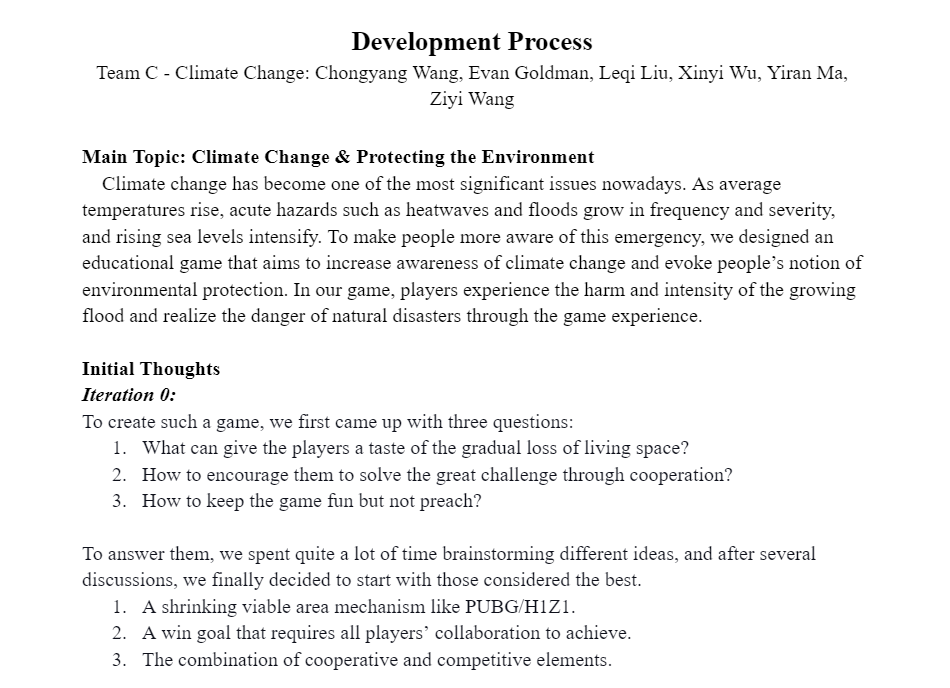
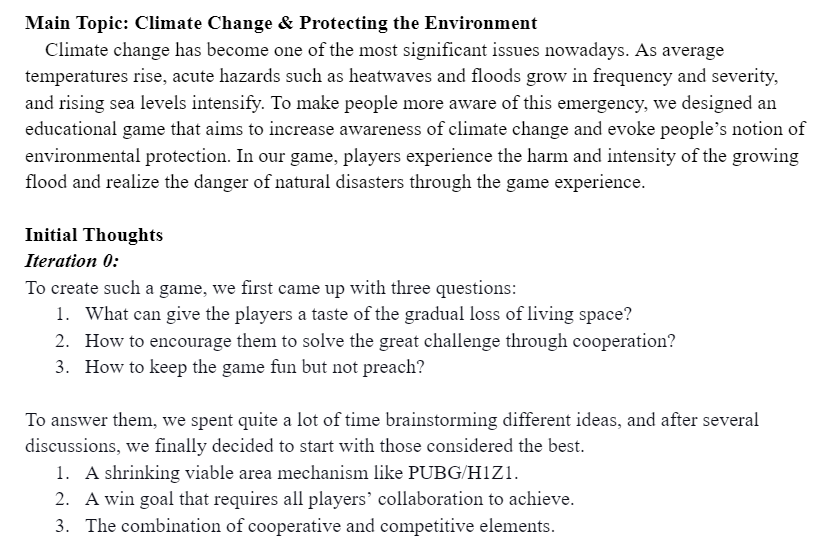

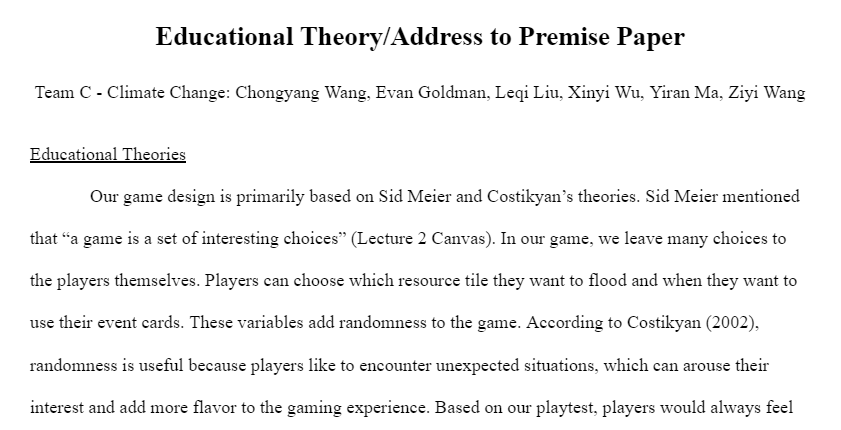
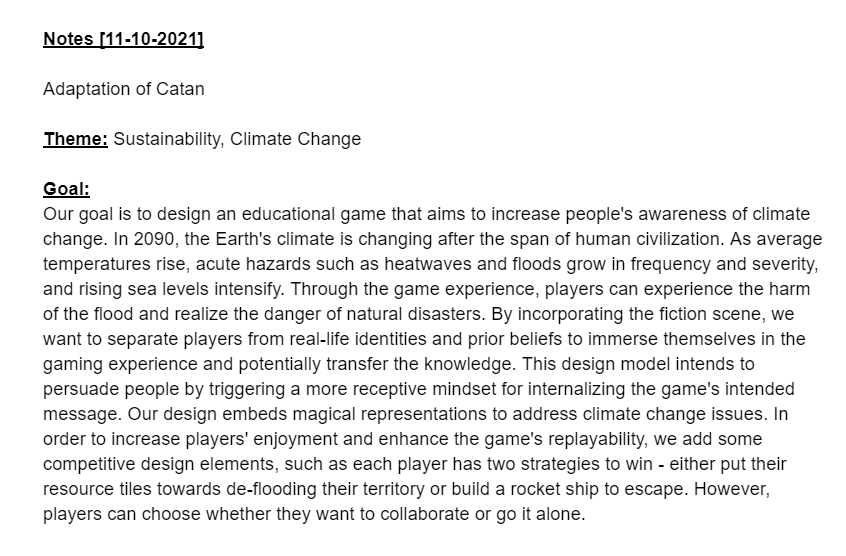

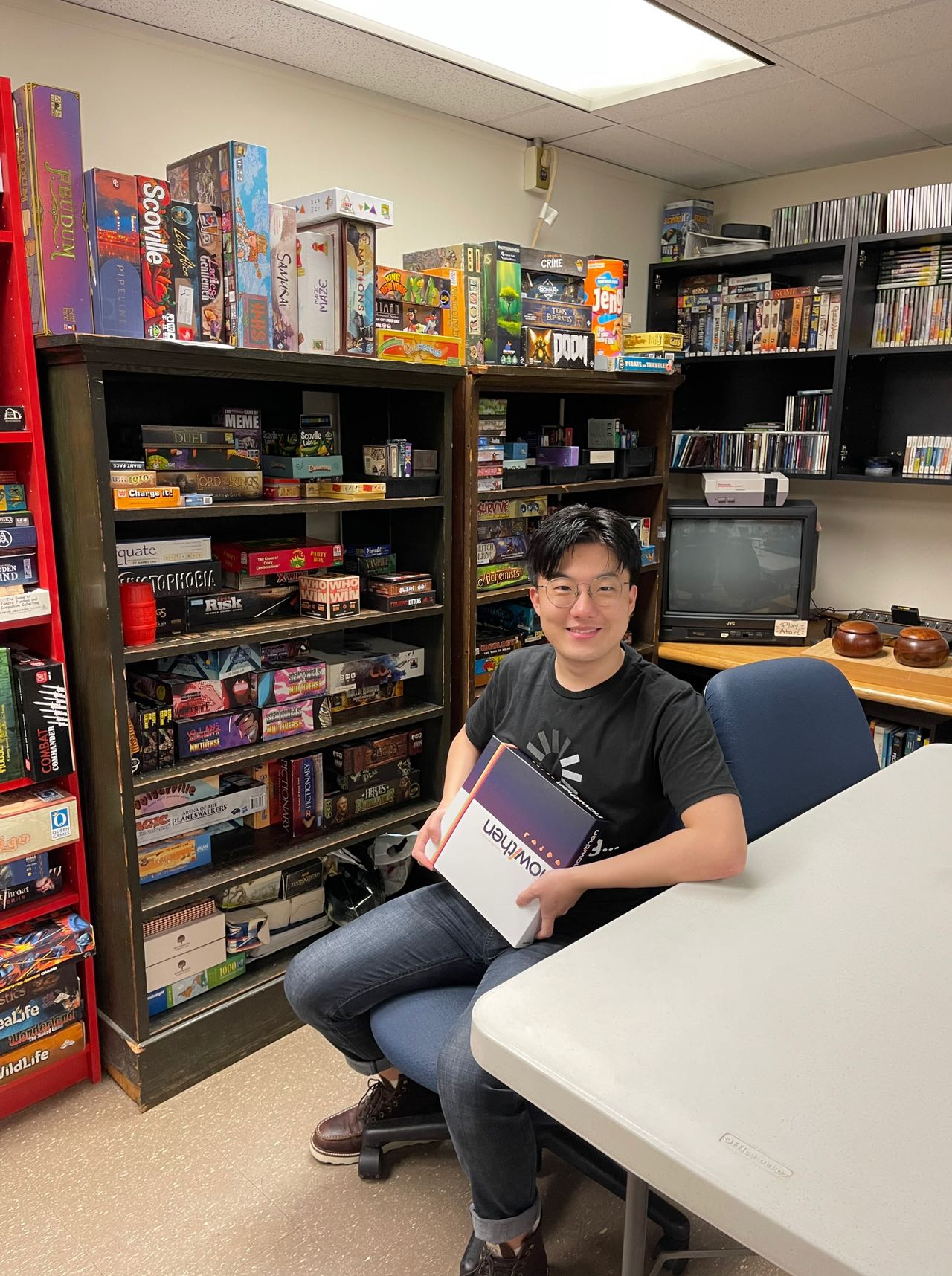
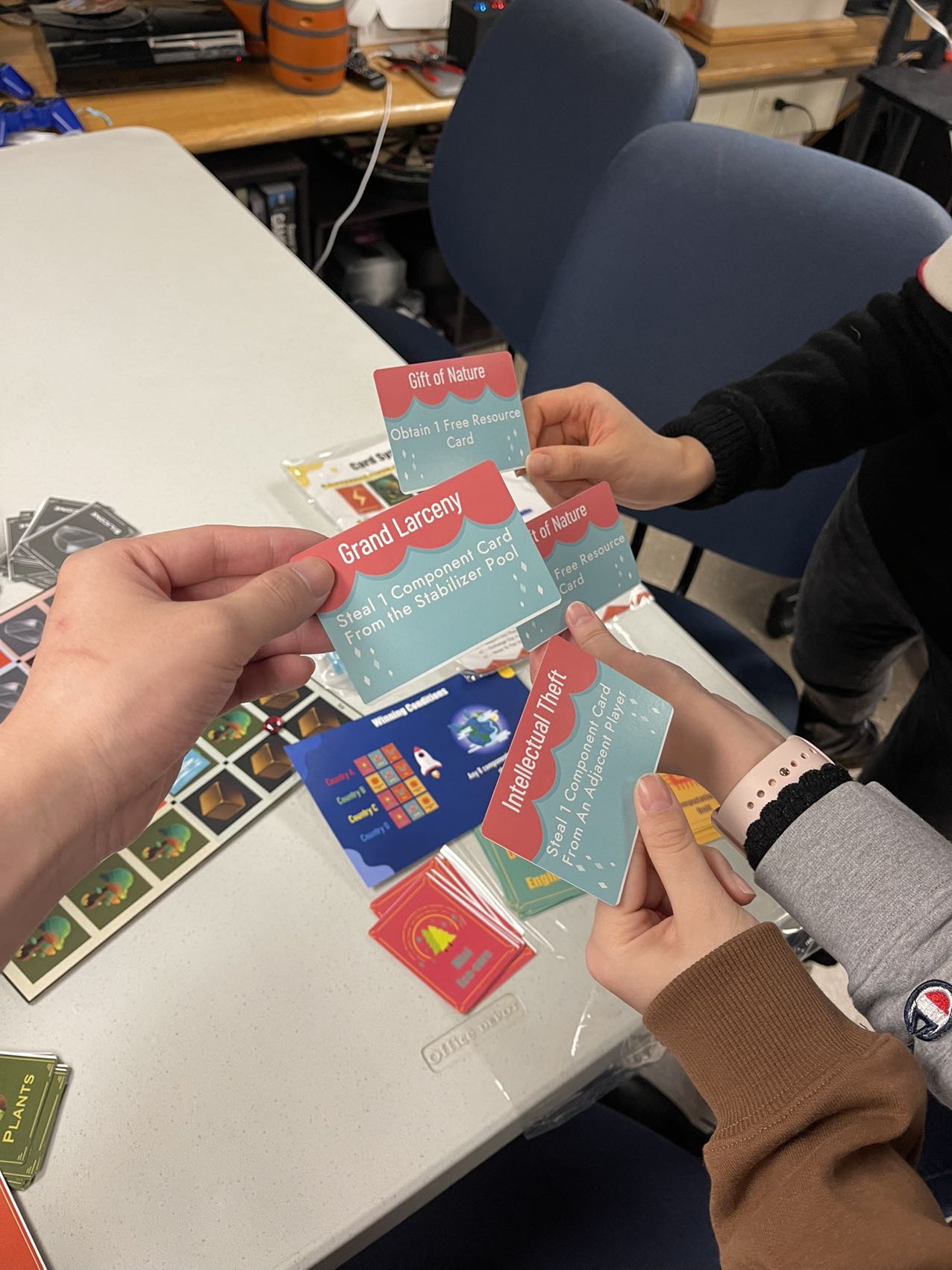
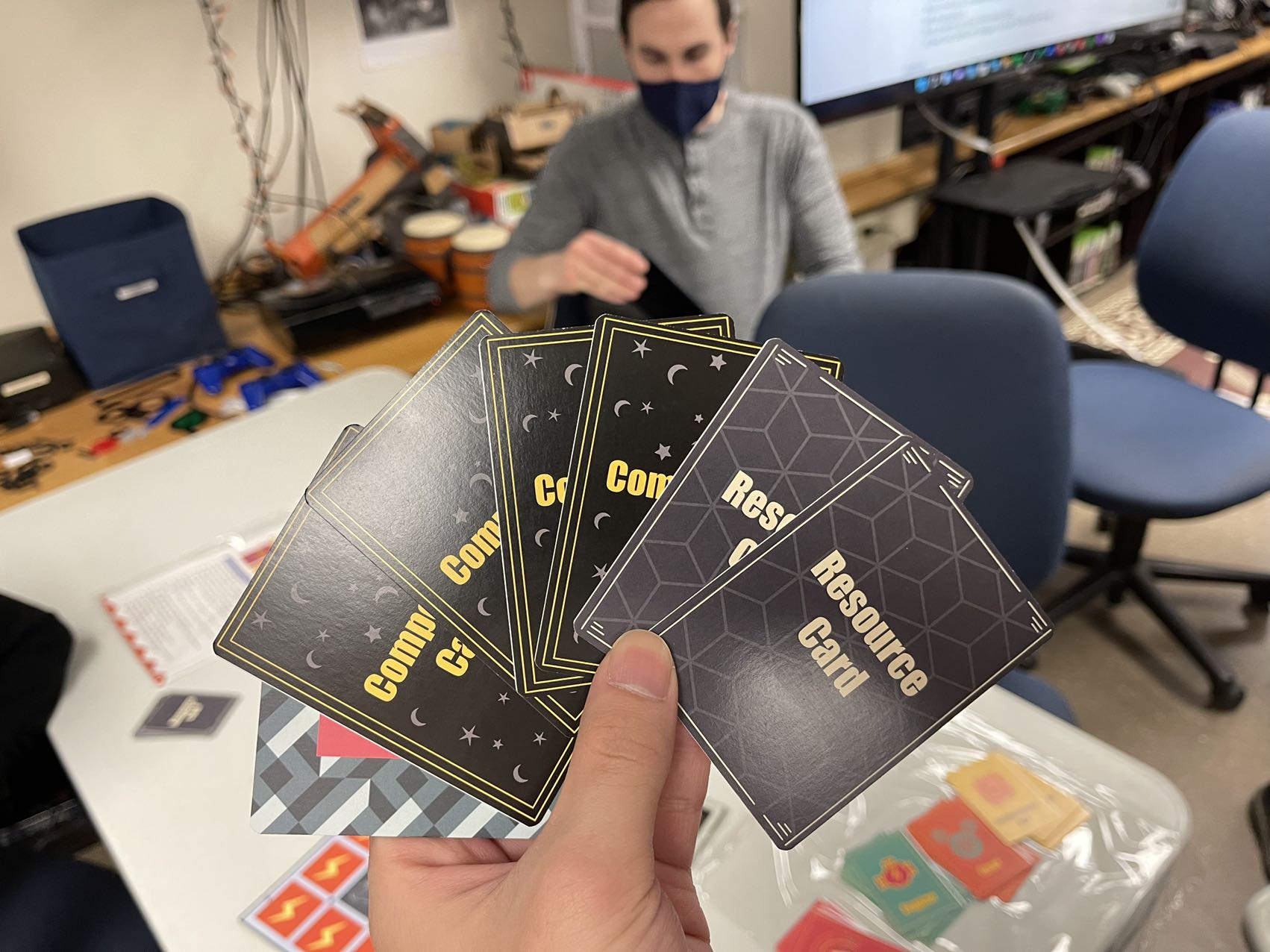
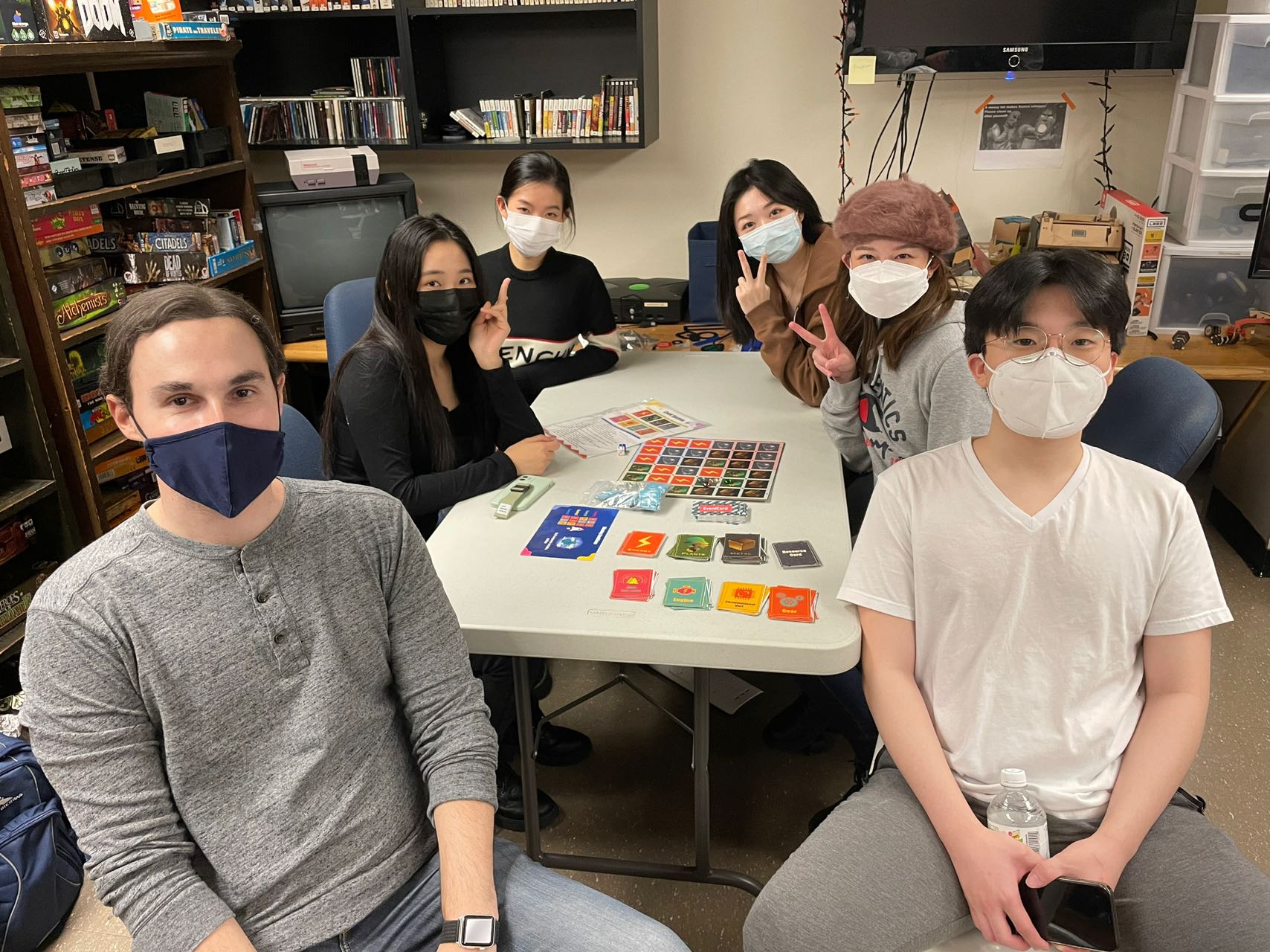
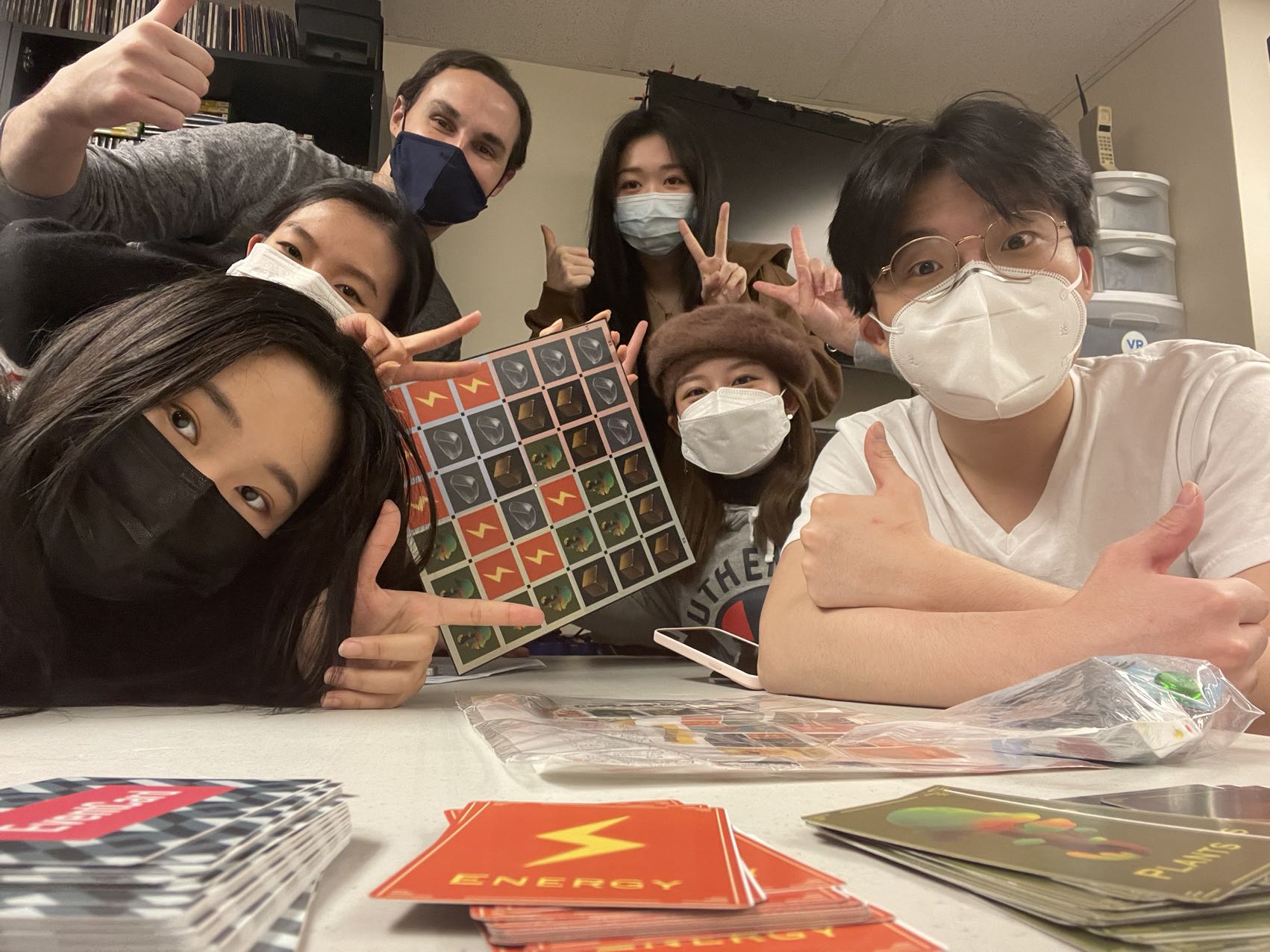
×
![]()